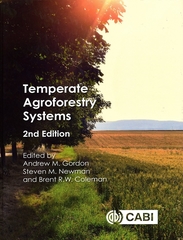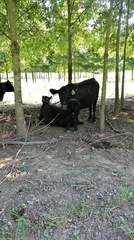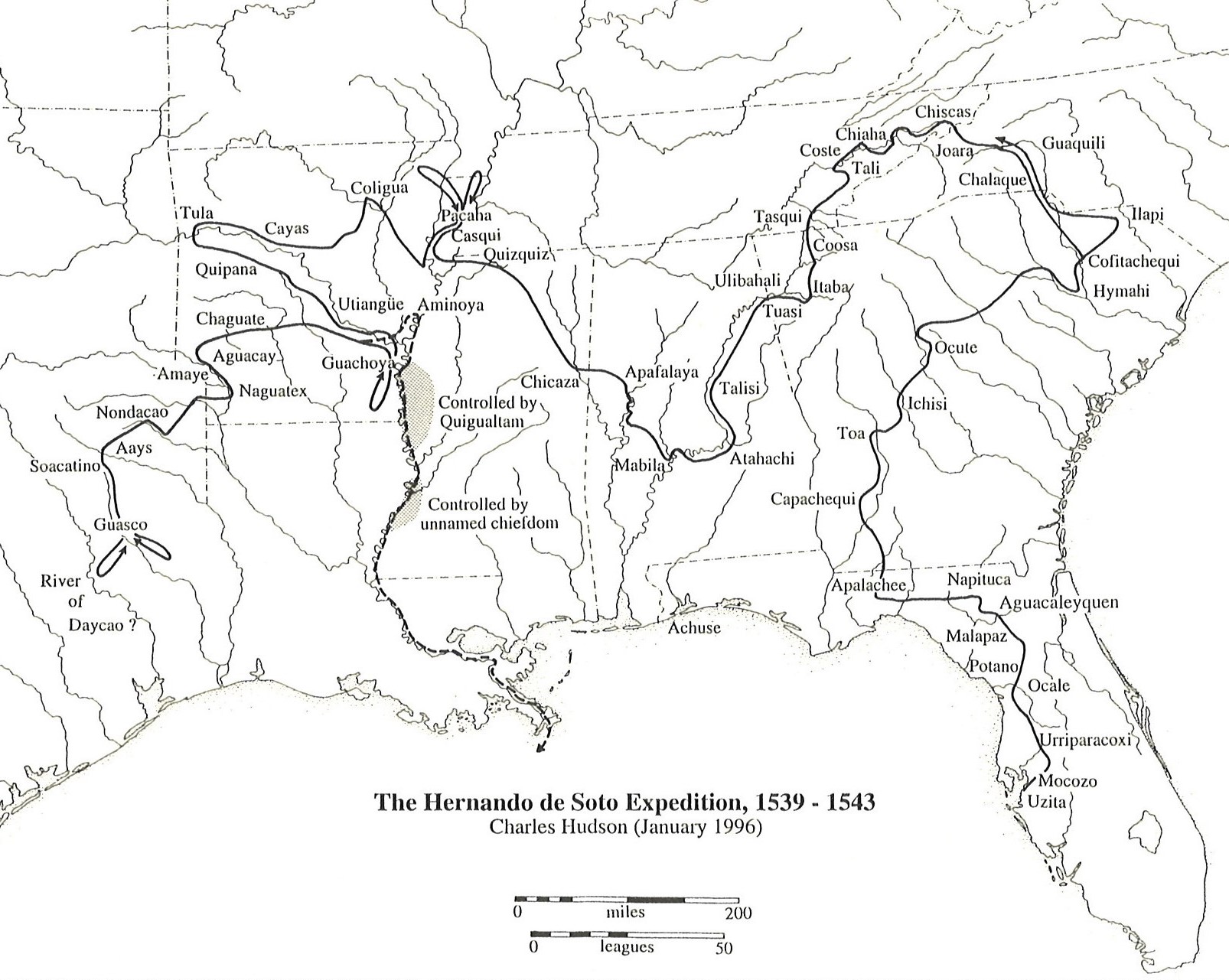Book Review: Temperate Agroforestry Systems, Second Edition

The first edition of Temperate Agroforestry Systems, an edited volume by Andrew Gordon and Steven Newman, was published in 1997 (Gordon and Newman 1997). This was an important contribution, but there has been much progress on the science and application of agroforestry in temperate regions over the past 21 years. I was therefore pleased to have a chance to review the second edition of this book, which has a publication date of March 2018 (Gordon et al. 2018; Figure 1).
- Details
- Parent Category: 2018 Vol. 24
- Category: Volume 24 No. 2 August 2018






